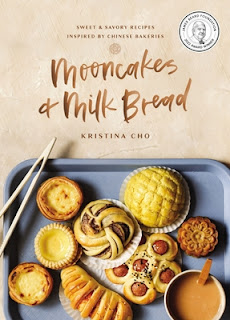At the end of May, my fiancé and I went to Blue Cliff Monastery in Pine Bush, New York for Vesak Weekend, to celebrate Buddha's Birthday. "Siddhartha, or Buddha Shakyamuni, was an enlightened being whose teachings have helped millions of people touch the peace, love and understanding inherent in each of us."1 Over the weekend, we practiced mindfulness to celebrate and remember the Buddha. Blue Cliff Monastery is one of the Buddhist practice centers in the Plum Village tradition, founded by Zen Master Thich Nhat Hanh (Thay).
It was a busy weekend. We arrived Friday afternoon, in time for dinner and orientation. Saturday morning, we began with a guided sitting
meditation, followed by exercise, breakfast, a lay friends Dharma talk, and walking meditation. After lunch, there was working meditation and a Food Fair Celebration! At the Food Fair, there were tables after tables of different Vietnamese foods. The
food at Blue Cliff Monastery is 95% vegan, and it was delicious. Although I do not normally follow a vegan or vegetarian diet, I was not hungry all weekend.
Then we enjoyed a
Musical Be-In with live performances of music, poetry, and more. They also spoke about their
Moon Lake Nunnery Project. Due to the poor conditions of the Moon Lake Building, the nuns who used to live there are temporarily located in buildings meant for guests. They are building a new building for the nuns, so that the guest rooms can accommodate visitors once again. Read more about the
Nunnery Project here, and please consider making a
donation.
Sunday, we began again with sitting meditation, exercise, breakfast, and a Dharma talk in the morning. We concluded the retreat with a beautiful Bathing the Buddha Ceremony and lunch, with yummy Vietnamese banh mi sandwiches.
 |
| Blue Cliff Monastery |
We had a restful and busy weekend. Although Blue Cliff Monastery is a few hours away from where we live, there are ways to participate virtually. Live streaming is offered for quite a few of their Dharma talks and events, and you can subscribe to their YouTube channel. Interested in other ways to practice mindfulness at home? Try the Plum Village Mobile App, a free app that offers guided meditations and more from the Plum Village community. If you're interested in practicing mindfulness in person, check out the eleven monasteries worldwide that practice in the Plum Village tradition, or find a local group near you.
Source
1. https://www.bluecliffmonastery.org/schedule-of-events/2019/5/17/vesak-lp9wl-btfgg













